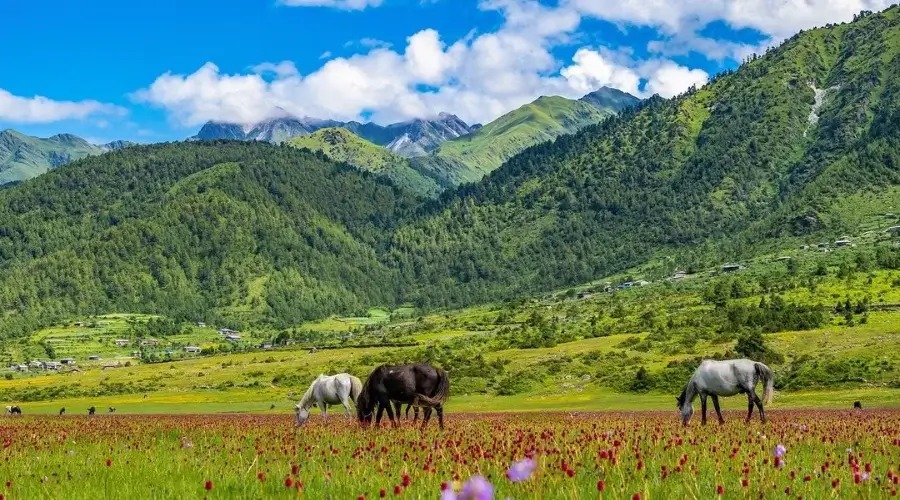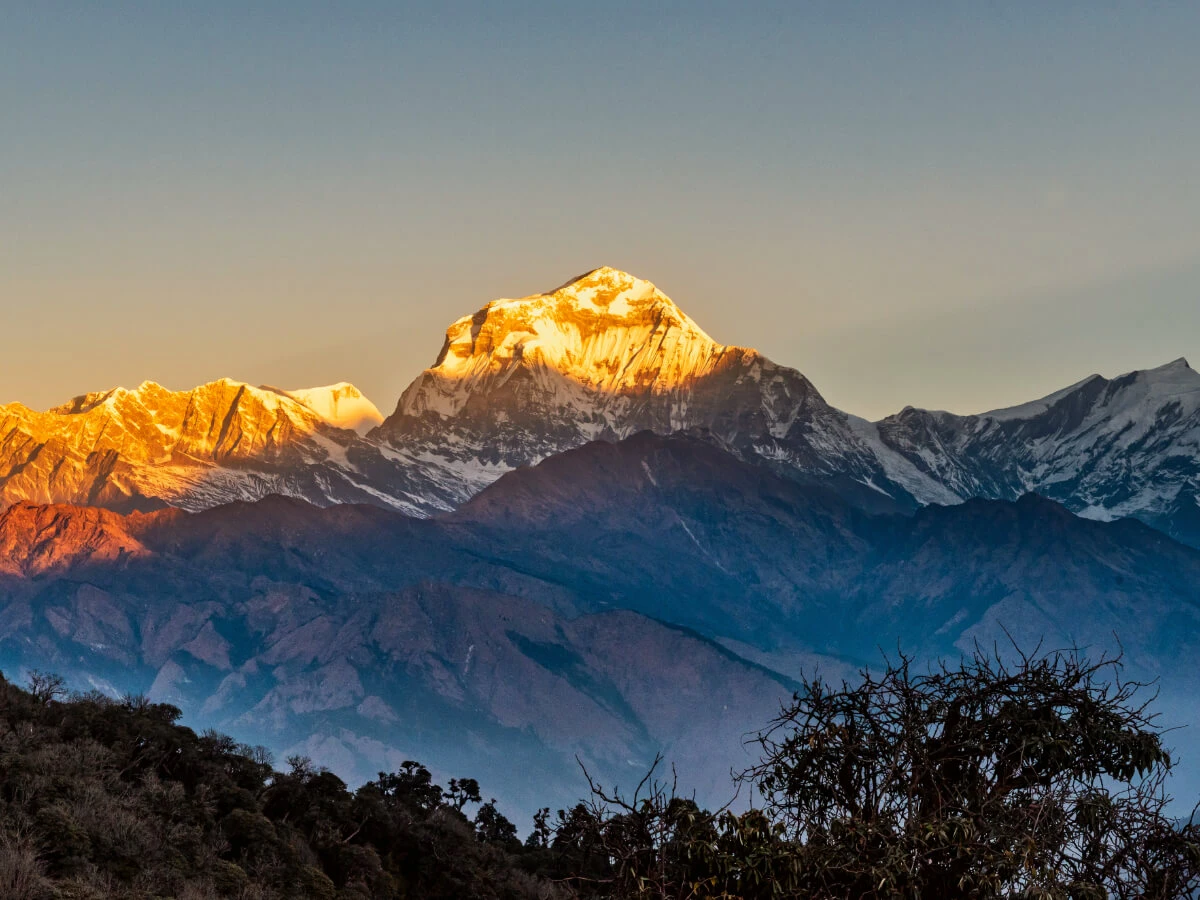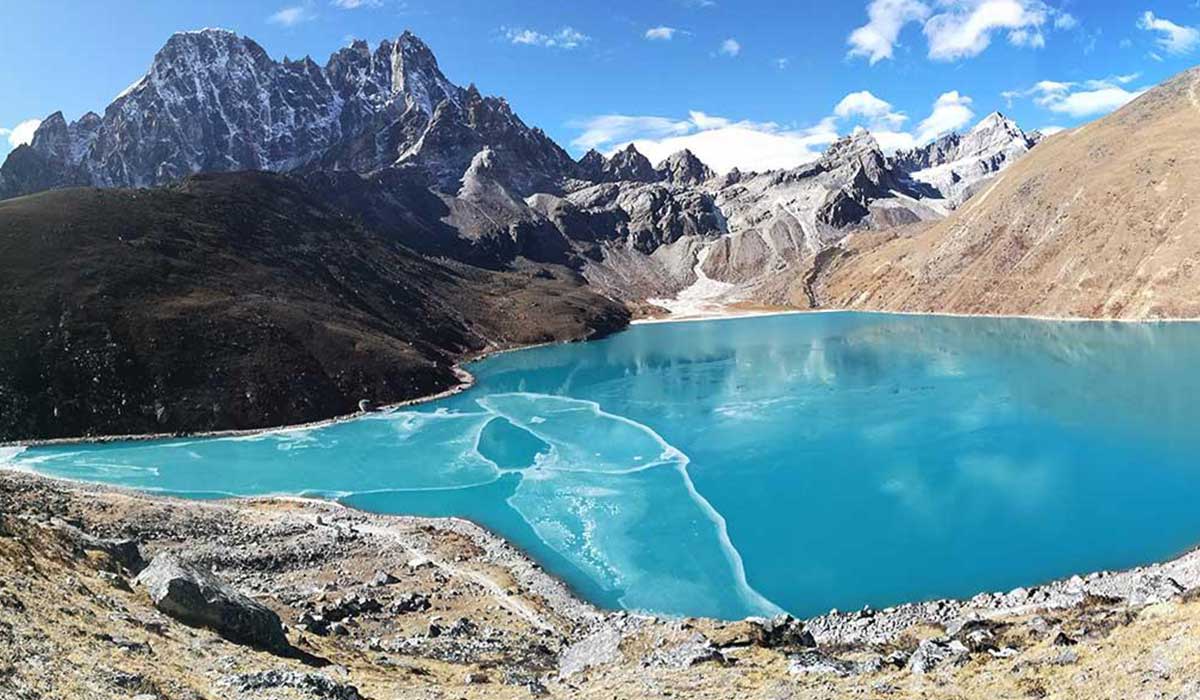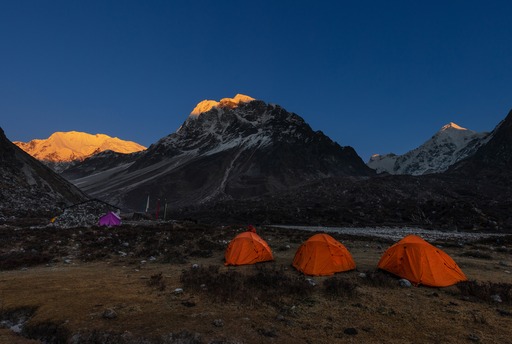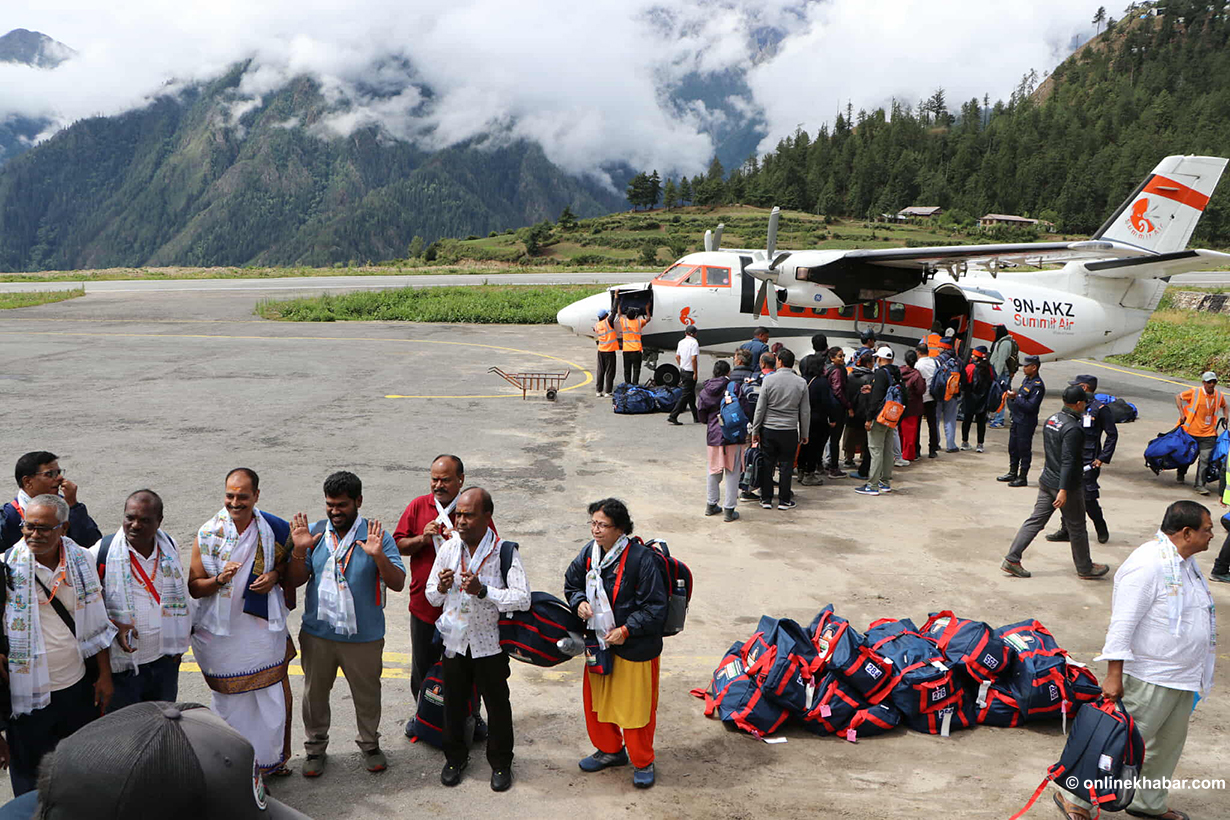Tucked away in the misty highlands of Nepal, surrounded by rolling green hills and snow-dusted mountains, lies one of the country’s hidden gems—Dhorpatan. If you’ve been dreaming of an off-the-beaten-path destination where nature still breathes freely, wildlife roams untouched, and traditional lifestyles remain alive, then Dhorpatan awaits you.
Dhorpatan is Nepal’s only hunting reserve, located in the western part of the country, spread across Baglung, Rukum, and Myagdi districts. It blends wild beauty, cultural richness, and rare biodiversity. But reaching Dhorpatan isn’t like heading to Pokhara or Chitwan. The journey itself is a mini-adventure, full of twists, mountain trails, river crossings, and amazing encounters.
In this comprehensive guide, we’ll take you through everything you need to know about Dhorpatan and how to travel from Kathmandu to Dhorpatan—route options, local experiences, road conditions, food, and the best times to visit.
What Makes Dhorpatan Special?
Unlike other touristy regions in Nepal, Dhorpatan is peaceful, untouched, and incredibly scenic. The place is mostly known for the Dhorpatan Hunting Reserve, which was established in 1987 and covers an area of 1,325 square kilometers. While regulated hunting is allowed with special permits, the area is also home to a wide range of wildlife, such as:
- Blue sheep (Bharal)
- Leopard
- Himalayan black bear
- Barking deer
- Red panda
- Langur monkeys
The reserve is also a birdwatcher’s paradise with pheasants, eagles, and vultures flying over vast pine forests and grassy alpine meadows.
But Dhorpatan isn’t just about wildlife. It’s about its people—Magars, Chhetris, and Dalits who have lived here for generations with simple lifestyles, hearty smiles, and deep connection to the land. Their homes are made of stone and wood, their fields still plowed by bulls, and their hearts are warm and welcoming.
Route Overview: From Kathmandu to Dhorpatan
Distance
The total distance from Kathmandu to Dhorpatan is approximately 400 to 450 kilometers, depending on which route you take. Don’t be fooled by the numbers—travel time can range from 2 to 3 days, depending on weather and road conditions.
Option 1: Kathmandu → Baglung → Burtibang → Dhorpatan
This is the most popular and scenic route.
Day 1 Kathmandu to Baglung
- Distance: ~280 km
- Time: 8 to 10 hours
- Road: Paved highway via Prithvi Highway and Pokhara-Baglung Highway
- Transport: Bus or private jeep
You will pass through Mugling, Pokhara, Kusma, and finally reach Baglung.
Day 2 Baglung to Burtibang
- Distance: ~70 km
- Time: 3 to 4 hours
- Road: Mostly graveled with some bumpy patches
- Transport: Local jeep or private vehicle
You’ll pass villages like Beni, Taka, and Narethanti.
Day 3 Burtibang to Dhorpatan
- Distance: ~50 km
- Time: 4 to 5 hours (depending on the road)
- Road: Off-road, narrow, and winding—adventurous!
- Transport: Jeep or hike
You’ll cross forested hills, small bridges, and arrive at the beautiful Dhorpatan valley.
Option 2: Kathmandu → Tansen → Rukum → Dhorpatan
This route is longer and less traveled, but perfect for those exploring the Midwestern region.
Day 1 Kathmandu to Tansen (Palpa)
- Distance: ~300 km
- Time: 9–10 hours
- Via: Mugling – Narayanghat – Butwal – Tansen
Day 2 Tansen to Rukumkot (Eastern Rukum)
- Distance: ~90 km
- Time: 5–6 hours
- Mostly rural roads through hills and forests
Day 3 Rukum to Dhorpatan
- Distance: ~60 km
- Time: 6–7 hours by jeep
- Off-road trail via Pelma, Taksera, and Gurjaghat
This route is ideal for trekkers and cultural tourists who want to visit Rukum, known for its rich Maoist war history and stunning landscapes.
Option 3: Flight + Road Mix
You can also choose to fly part of the way and drive the rest:
- Flight from Kathmandu to Pokhara (30 minutes)
- Then drive from Pokhara to Baglung (~3–4 hours)
- Continue Baglung → Burtibang → Dhorpatan as described in Option 1
This option saves time and reduces the exhaustion of long road journeys.
Best Time to Visit Dhorpatan
- Spring (March–May): Flowers bloom, rhododendrons light up the hills, and wildlife is active.
- Autumn (September–November): Clear skies, great views of the Dhaulagiri range, perfect for photography and trekking.
- Monsoon (June–August): This is not recommended. Landslides can block roads, and leeches are common in forest trails.
- Winter (December–February): Very cold, snowfall is common. Travel becomes difficult, though it’s very beautiful if you can manage the cold.
Local Life and Culture
Dhorpatan is home to indigenous communities like the Magar, who are known for their warrior history, hospitality, and cultural dances. Local festivals like Maghe Sankranti, Tihar, and Dashain are celebrated with traditional songs, dances, and rituals.
Most people live simple agrarian lives—growing potatoes, barley, maize, and keeping livestock like yak, goats, and sheep. Houses are made of stone and wood with thatched or tin roofs, often painted in earthy colors.
Tourists are welcomed with warm smiles, and it’s common to be invited to drink buttermilk or local millet alcohol (chhyang) in a Magar home.
What to See and Do in Dhorpatan
Explore the Hunting Reserve
- Trek through alpine forests and open meadows
- Spot blue sheep, eagles, and even red pandas
- Visit the headquarters in Dhorpatan Valley
Trekking and Camping
- Trekking routes to Gurjaghat, Putha Hiunchuli Base Camp, and Jaljala Pass
- Camp under the stars near rivers and open fields
Photography
- Landscapes here are magical—rivers, pine forests, snow-capped peaks, and traditional villages
Fishing and Local Food
- Try fresh fish from local rivers
- Enjoy dhido, gundruk, and homemade pickles
Interact with Locals
- Learn about their daily life, farming, and traditional tools
- Join cultural dances if you visit during festivals
Accommodation in Dhorpatan
Dhorpatan does not have big hotels. However, homestays and small guesthouses are available in the main valley. These are run by local families and offer clean rooms, traditional food, and a genuine experience.
- Most homestays provide:
- Clean the bed and blankets
- Warm local food
- Village tour guides
- Campfire experiences
Travel Tips
- Prepare for rough roads: Jeeps are better than cars, especially in rainy seasons.
- Carry basic medicine: There are health posts, but very limited facilities.
- Respect local customs: Ask before taking photos, and dress modestly.
- Power & Signal: Electricity is available, but irregular. The mobile network is weak in remote parts.
- Cash is King: No ATMs. Carry enough cash before you leave Baglung or Pokhara.
Suggested Itinerary (6 Days)
Day 1: Kathmandu to Pokhara
Day 2: Pokhara to Baglung to Burtibang
Day 3: Burtibang to Dhorpatan
Day 4: Explore Dhorpatan Hunting Reserve
Day 5: Visit nearby villages or a short trek to Gurjaghat
Day 6: Return to Kathmandu via the same route
Though not as famous as Everest or Annapurna, Dhorpatan holds a raw, untouched charm. It's where Nepal shows its true wilderness, where cultures are alive and proud, and where the journey is just as incredible as the destination. Whether you're a nature lover, adventurer, trekker, or just someone looking for peace, Dhorpatan calls with its tranquil valleys, pristine rivers, and whispers of ancient hills.

